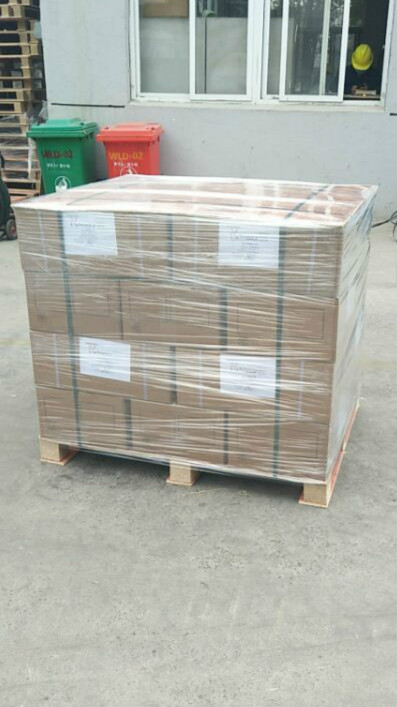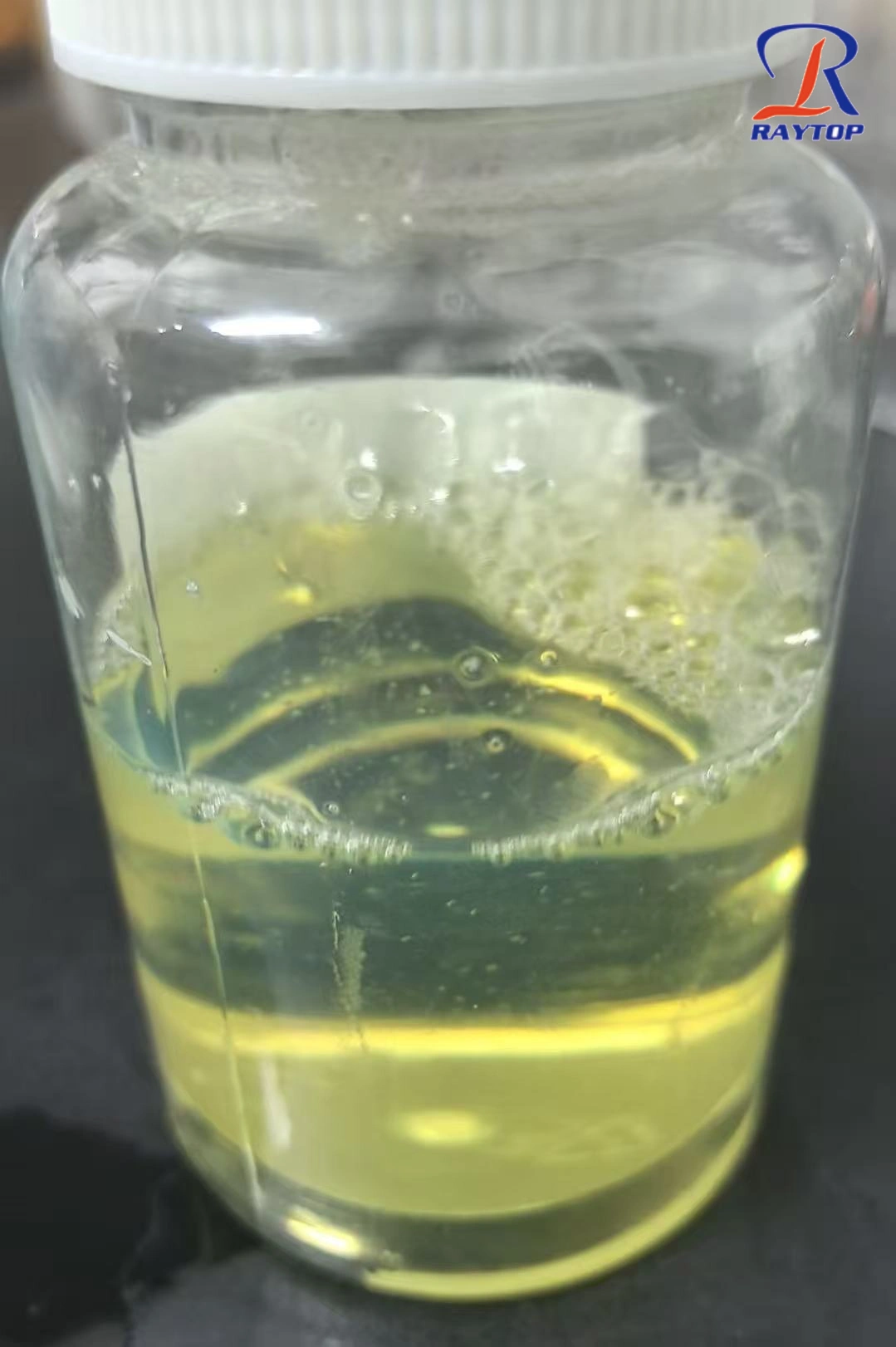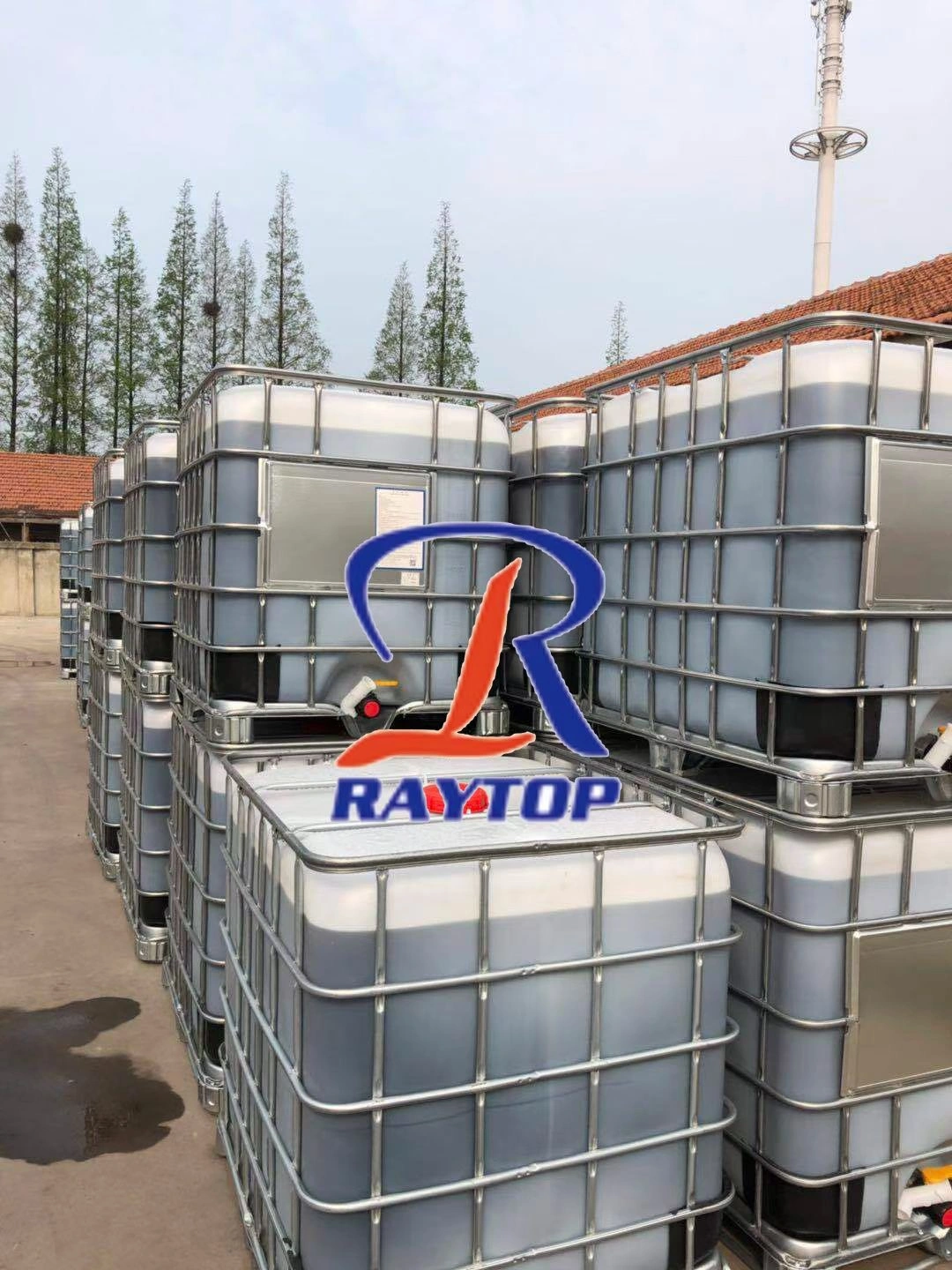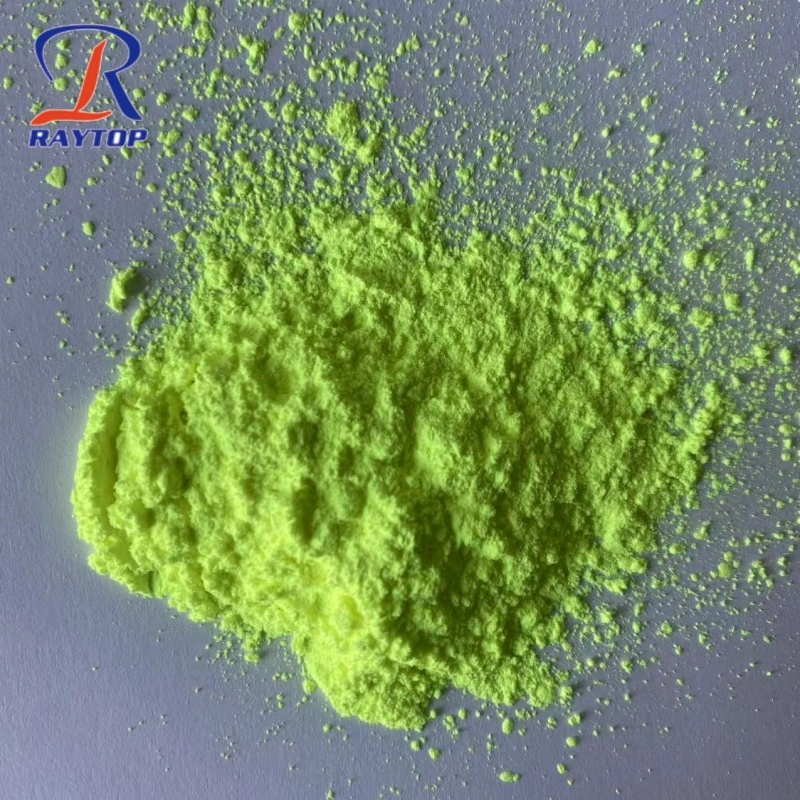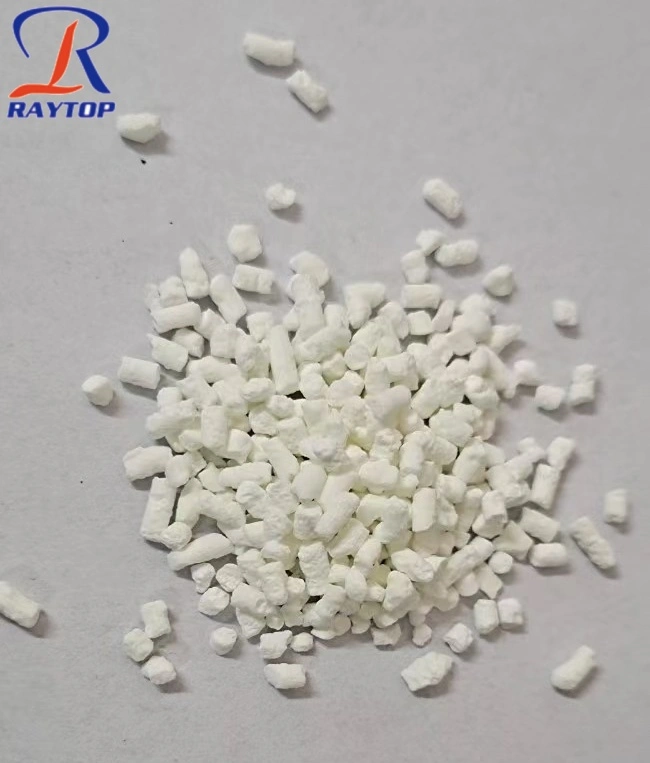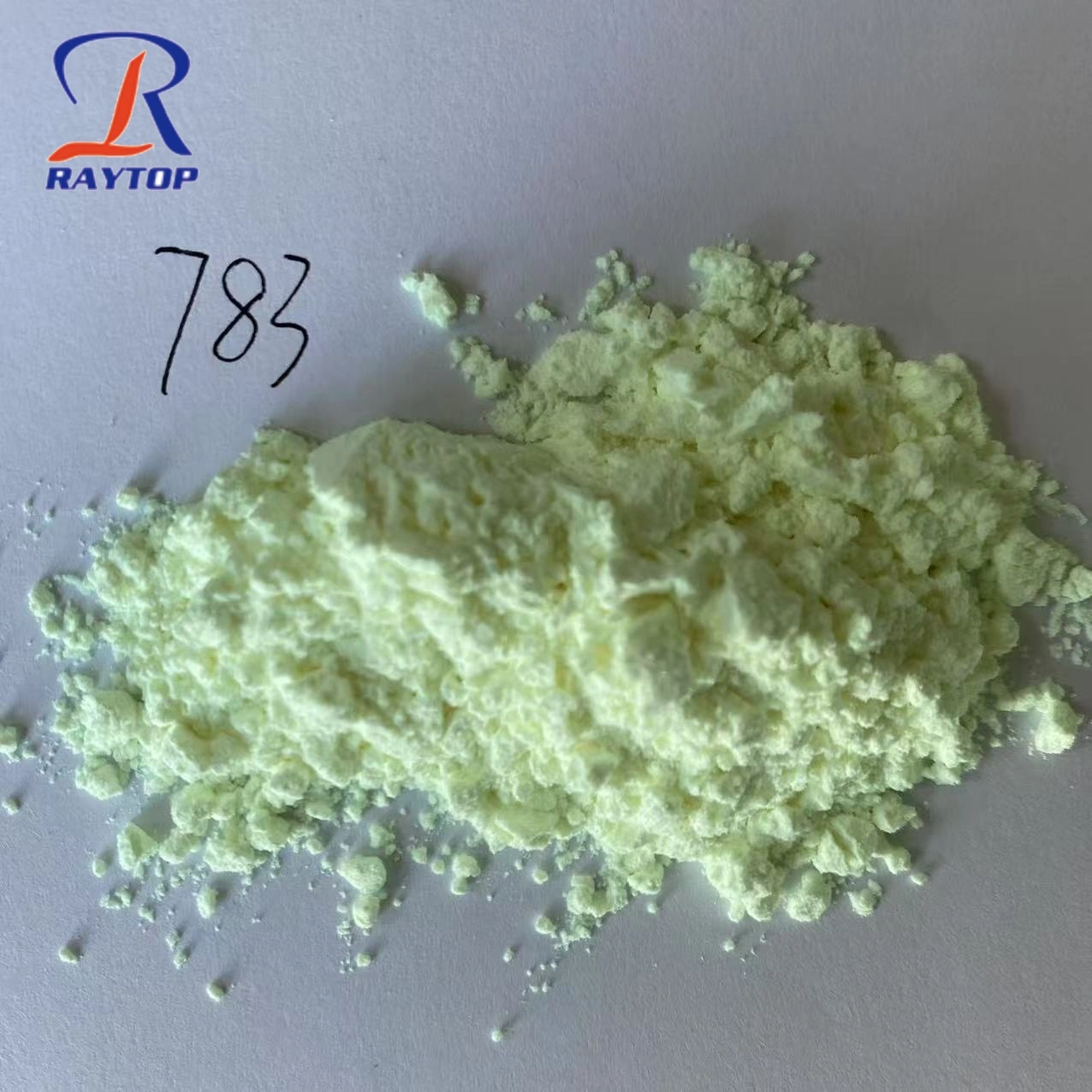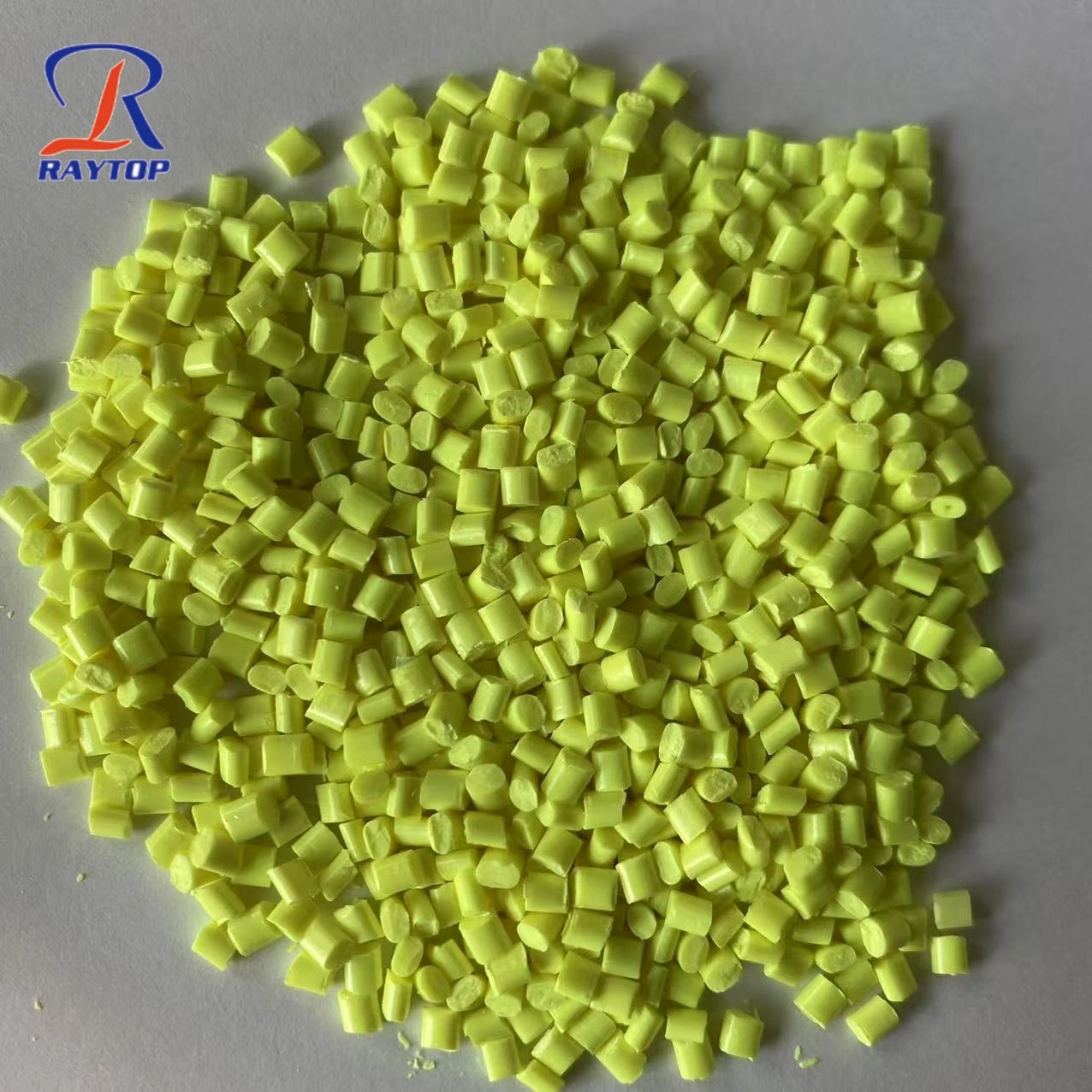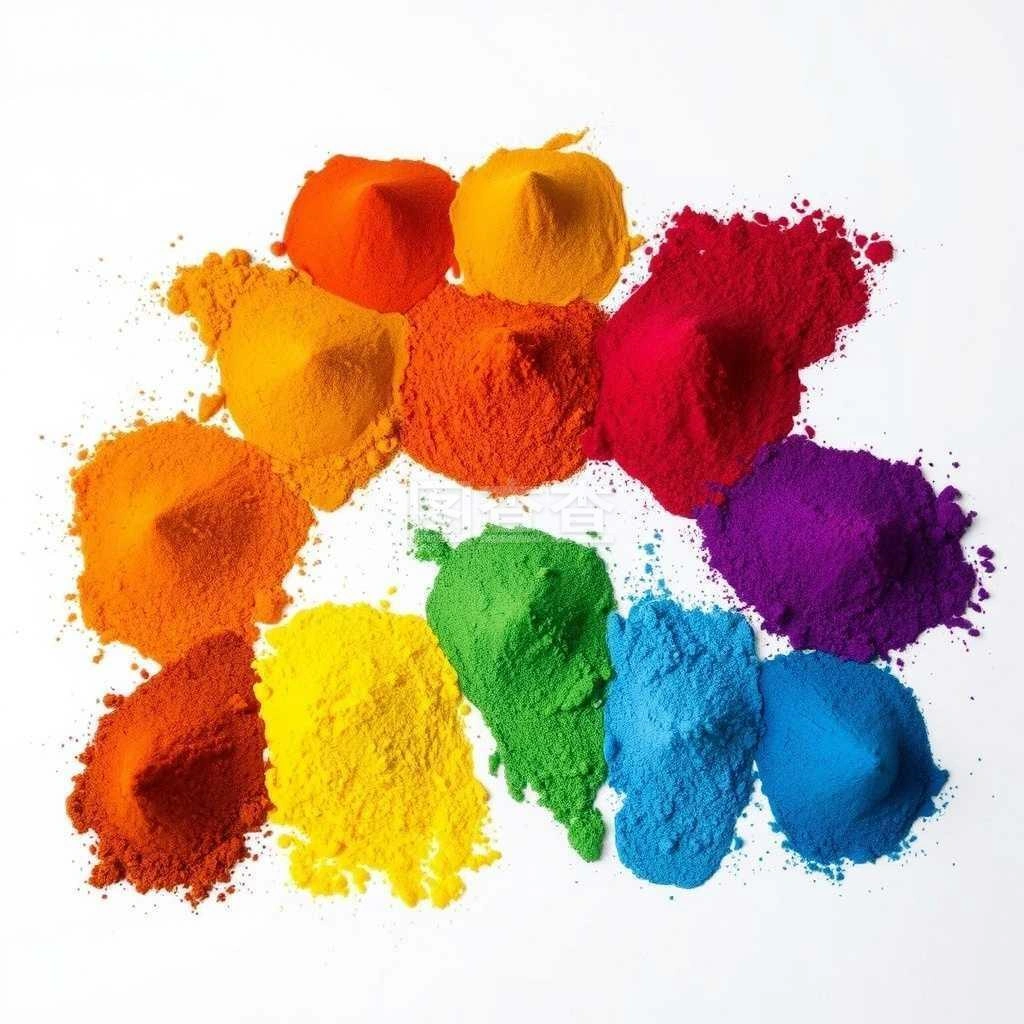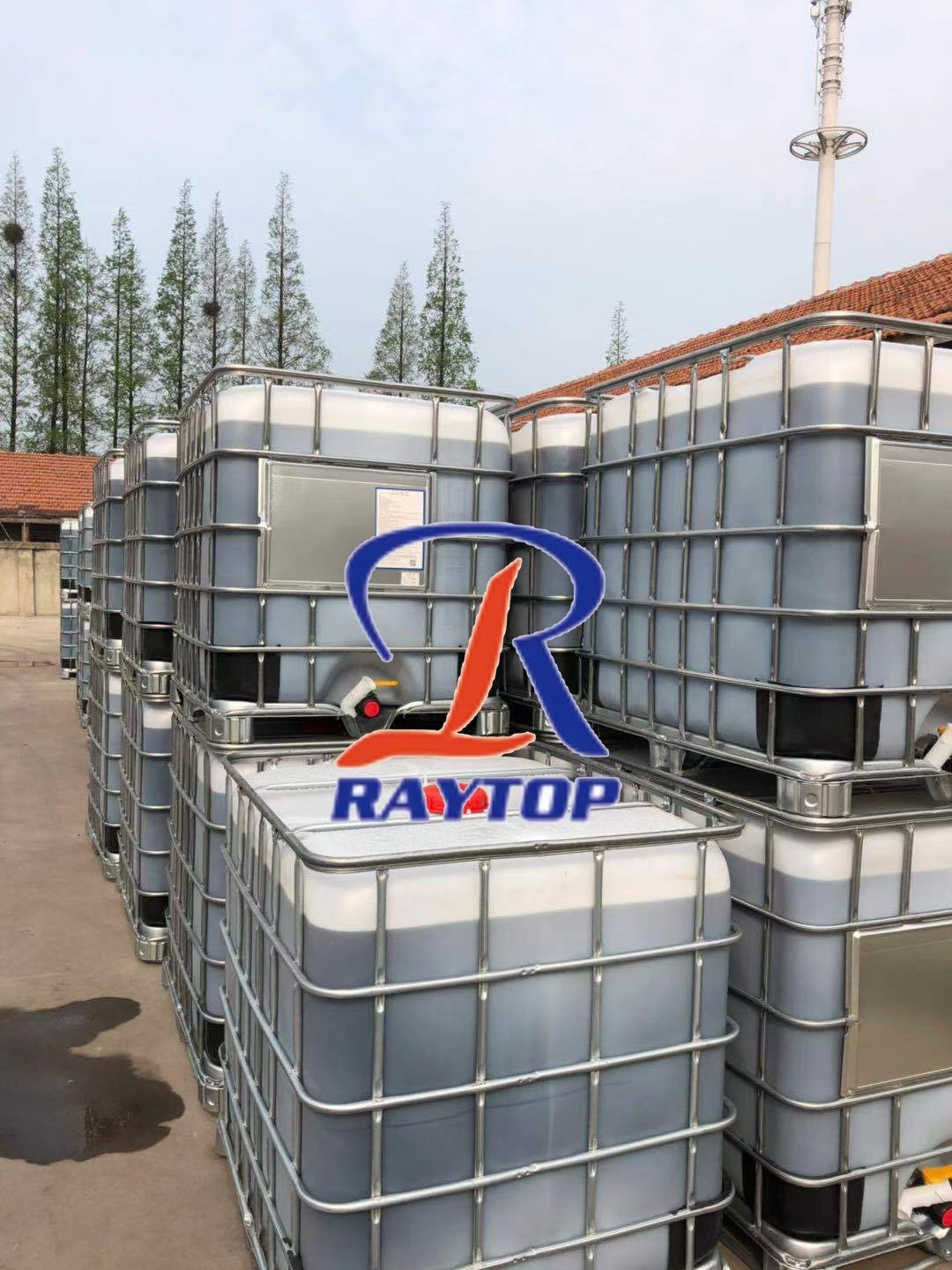Knowledge about UV
When it comes to ultraviolet, we need to talk about the background knowledge of ultraviolet first.
Ultraviolet (UV) has higher photon energy than visible light. High energy photons may degrade some materials and produce physical or chemical changes (this is the reason why articles will soon age and decompose after being exposed to the sun for a long time).
UVC, a subclass of ultraviolet radiation with a wavelength of 200 to 280 nm, does not exist in the sunlight on the ground because it is lower than? 300 nm wavelength light will be absorbed by the ozone layer in the atmosphere, so there has been little public research data on UV-C degradation materials.
As the sterilization and disinfection effect of UVC is widely recognized, more and more products will design and use UVC as the disinfection scheme. At this time, we need to understand the material degradation principle including high-energy ultraviolet UV-C photons, and take the influence of UV degradation into account in product material design to prolong the service life of the product.
Principle of UV degradation of three kinds of materials
1. Metal
Metal is characterized by metal bonding, which is composed of closely packed atoms arranged in a periodic lattice structure, and all atoms share a delocalized electron "cloud". Because metals have highly movable electrons, they are good conductors of electricity and heat and are prone to interfere with electromagnetic radiation, such as light and radio waves. This explains why metals are opaque and reflect a certain degree of light, because they can absorb photon energy with free electrons without energy transition or bond dissociation, so metals are almost completely unaffected by ultraviolet rays.
2. Ceramics
Ceramic materials are formed by ion bonding, and the lattice with periodic structure contains positively and negatively charged ions. Most ceramics are metal oxides, and a few ceramics are nitrides, borides and carbides with strong covalent bonds. In contrast to metals, ceramic ions have tightly bound electrons, so they have high bonding strength, can withstand extreme temperatures, usually have very high chemical inertia and are good electrical insulators. This high bonding strength and chemical inertia make the ceramics completely unaffected by ultraviolet radiation.
3. Polymer
Polymers contain a variety of materials, which are characterized by long molecular chains, molecular chain entanglement and interconnection. They themselves exhibit covalent bonds, usually containing carbon components. Covalent bond is the sharing of electrons between two or more atoms to meet the need for the constituent atoms to fill their outermost electronic orbitals. Compared with metal bonds, the covalent sharing of electrons is local (i.e., electron migration is limited to the nearest bonded atom), so polymers are almost always electrical insulators and poor thermal conductors. Compared with metal and ionic bonds, the covalent bonds between organic components are also relatively weak. Therefore, most polymers are easily degraded by exposure to UV-C. High energy photons have enough energy to raise electrons to higher energy levels, thus breaking covalent bonds and degrading materials. Generally, polymers with carbon carbon double bonds are more vulnerable to UV degradation and chemical changes.
To sum up, polymer materials are the most affected by UV. Let's talk about the performance and mechanism of UV damaging polymers.
Performance and mechanism of UV damage to polymers
1. How does UV damage polymer materials?
The most basic and common UV damage mechanism in polymers is called photodissociation chain breaking, that is, the long chain is broken into shorter chains through the direct action of high-energy photons, so as to destroy the molecular "skeleton". This degradation will almost lead to the deterioration of the physical properties of polymer strength and ductility, as well as the deterioration of color, texture and appearance. The degradation of polymers may also release by-products such as gases into the surrounding environment and cause pollution.
2. What is the mechanism of UV damaging polymers?
The mechanism of polymer damage by UV includes free radical degradation and surface water oxygen degradation. Free radicals formed when chemical bonds break, which will react with other available bonds nearby and lead to the breaking or degradation of polymer molecules. UV dissociated bonds are also easy to react with oxygen or water, usually causing oxidation and hydrolysis degradation reactions on the surface. These two mechanisms will combine and cooperate, and eventually lead to the chemical and microstructure changes of materials.
3. Common manifestations of polymer degradation by ultraviolet light:
Yellowing and "pulverization" of PVC pipes installed outdoors;
Color fading of billboards and posters exposed to the sun;
Pulverization and embrittlement of wire insulation exposed to sunlight;
Skin sunburn is also a kind of polymer degradation. The skin is composed of polymers, especially collagen protein;
UV can also cause DNA / RNA long polymer molecular damage, which is the basis of UV disinfection.
How to prevent or mitigate UV degradation?
1. Shielding and coating
UV shielding is a good protection method, such as shielding with thin aluminum foil or other UV impermeable materials. If simple shielding is impossible, you can choose to use UV absorbing or reflective coatings. This kind of absorbing or reflective additives are widely used in coatings. For example, some coatings containing metal particles are very effective UV barriers. High performance coatings used outdoors usually contain polyvinylidene fluoride (PVDF), which plays a good role in light and color retention. By coating UV stabilized coating on the polymer surface, it can prevent UV damage to the material.
2. Select UV resistant polymer materials
Some specific polymer materials have stronger UV resistance. Since the C = C double bond is particularly vulnerable to ultraviolet photolysis, we can choose polymer materials with less C = C double bond, such as polyolefin (polyethylene), fluoropolymers such as polytetrafluoroethylene (PTFE), fluorinated ethylene propylene (FEP) and polyvinylidene fluoride (PVDF). These polymers containing fluorocarbon bonds have excellent properties, such as high temperature stability, high dielectric strength, high chemical inertia and excellent resistance to UV degradation. Therefore, PTFE or FEP can be used for wire insulation in UV lamps or UV equipment.
3. Use some additives that can absorb ultraviolet rays
The first is inorganic compounds, which are hardly affected by ultraviolet radiation. Inorganic fillers are added to polymer materials to absorb ultraviolet photons, improve ultraviolet stability, and reduce damage to polymer bonds. The most common inorganic materials used for UV stabilization are carbon black and oxide ceramics, including alumina or titanium dioxide. This filler also has the advantages of wear resistance, but the disadvantage is also quite obvious, that is, they will change the physical properties and color of the polymer, so they need to be used on a balanced basis.
The second is organic additives, including antioxidants, UV absorbers, quenchers and free radical scavengers. The action mechanism of these UV additives is as follows:
a. UV absorber - these molecules absorb ultraviolet rays, convert them into heat, or emit (fluorescence) at longer wavelengths to dissipate photon energy.
b. Free radical scavengers - these molecules will preferentially react with free radicals produced by photochemical or oxidative changes to reduce the probability of free radicals damaging polymer chains.
c. Organic and inorganic additives - organic additives require much lower concentrations than inorganic fillers to achieve the same UV stability. In fact, such additives also contribute to high-temperature processability and oxidation resistance, so they are usually added regardless of the expected amount of ultraviolet radiation. However, some additives are expensive and will change the properties and processability of some polymers, and there is also a risk of environmental pollution.
In conclusion, how to prevent or reduce the degradation of materials by ultraviolet light?
First, the product is well designed to minimize the UV exposure of sensitive and key components through a simple shielding principle;
Second, select good materials, preferably inherent UV resistant materials or add appropriate UV resistant additives to slow down the degradation rate of materials.
